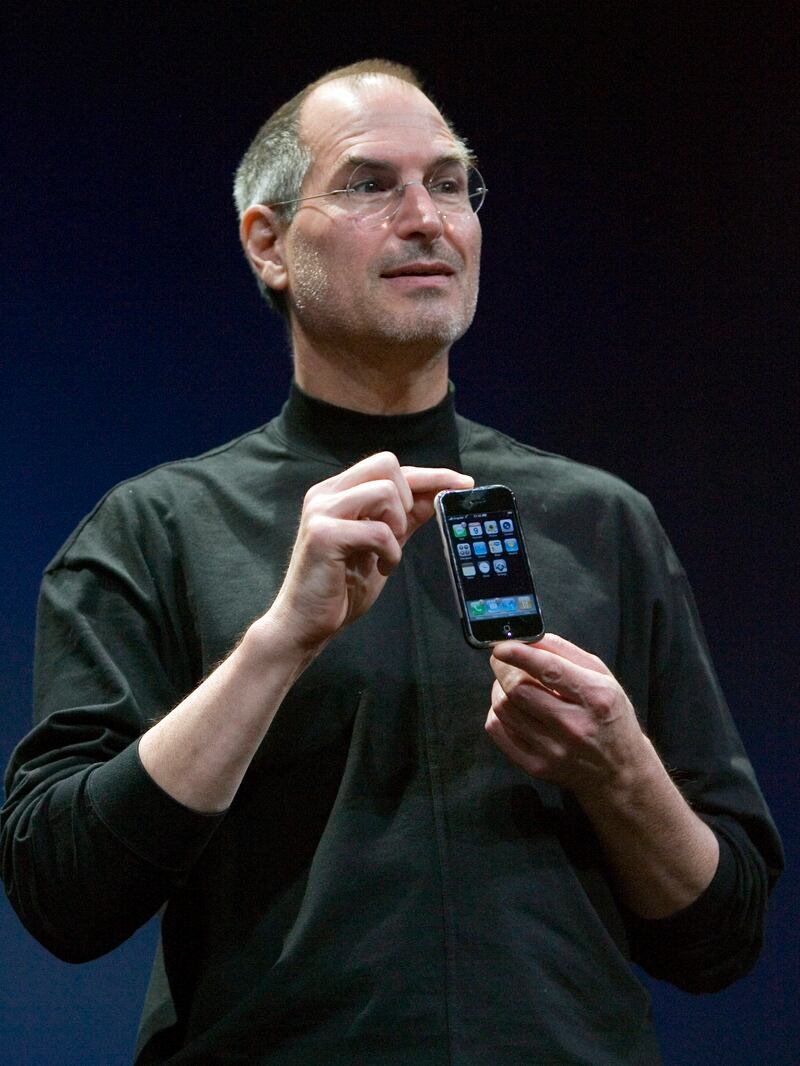Every once in a while, a revolutionary product comes along that changes everything.” These were the words of Steve Jobs, the head of Apple, in June 2007, ten years ago yesterday, as he launched the first iPhone. Jobs’s words were not hyperbole: the iPhone really did revolutionise the industry.
Many industries, in fact. The iPhone set in motion widespread adoption of phones that looked like iPhones. Gone were the keypads and small screens that came with the Blackberrys of the world. In their place was a large screen that responded to touch.
In a matter of years, these smartphones became the norm. Companies like Samsung rose on the back of their products, and companies like Blackberry fell. Instead of programs, we began to have apps, offering tens of thousands of ways to interact with the iPhone. The cameras on phones became a selling point and with that sales of point-and-shoot cameras plunged. Separate GPS devices in cars were replaced by smartphones.
Yet, the greater impact wasn’t on the companies and their products, but on the way people interacted with their phones -- and through their phones, with the world. Having a computer – not merely a mini-computer, but a device with significant processing power – in the pockets of millions of people changed what companies could offer. Video-calling became common. Music, at first with hundreds of songs stored in phones, and then with on-demand streaming, became a significant selling point for phones. So did video, at first stored, then streamed. IPhones changed relationships within the family, too, as every member of the family had a separate screen -- extending the revolution that began with each having their own phone. And companies, already eager to collect every piece of data they could on consumers, found a bonanza as customers happily revealed where they were at every moment of the day. This change wasn’t merely down to Apple, but the iPhone set the ball rolling.
The way information was accessed changed too. Our own business was impacted: instead of reading a newspaper once a day, news was absorbed all day long. Media companies – including The National – adapted. The way people interacted with the world changed, and the way we tell you about those changes also changed. From next week, as The National relaunches, it will change again.





